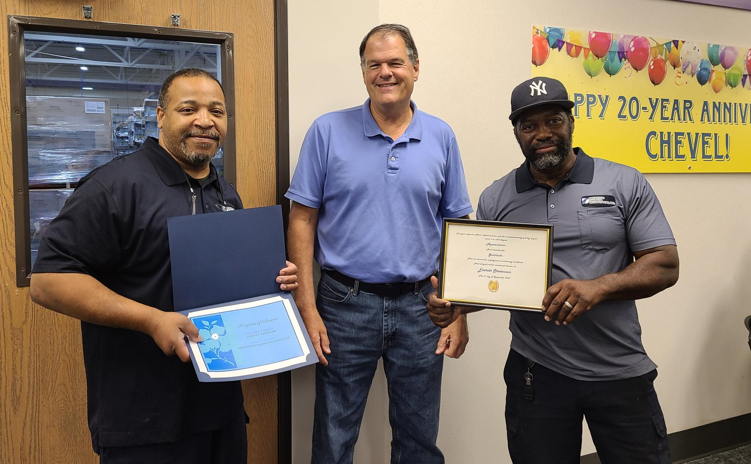The passage of time is a relentless current, carrying with it a multitude of experiences, achievements, and milestones that define the journey of individuals and organizations alike. In a dynamic interplay between memory and foresight, anniversaries serve as poignant markers of this voyage, beckoning us to reflect on the past while simultaneously contemplating the trajectory of the future. This essay delves into the essence of anniversaries, specifically through the lens of two significant celebrations within an organization, which epitomize both the richness of history and the promise of what lies ahead.
On the surface, anniversaries appear rather innocuous—a routine occasion for reflection intertwined with festivity. However, beneath this veneer lies a tapestry of nuanced emotions and implications. For the posed question: What happens when the celebration of past achievements casts a revealing light on future challenges? This juxtaposition of retrospection and anticipation invites contemplation, prompting us to weigh the implications of our historical narratives against the backdrop of emerging circumstances.
The first of these anniversaries, in commemoration of an individual’s tenure, serves as a crucial reminder of dedication and hard work. For example, consider the story of Everett Stevenson, an exemplar of commitment. His contributions extend not merely to the advancement of specific projects but also to the cultivation of an organizational ethos characterized by tenacity and resilience. Such moments of recognition afford a platform to exemplify the values that underpin the organizational fabric. It is in the celebration of such individuals that we uncover the legacy of mentorship, innovation, and the relentless pursuit of excellence.
As we navigate this narrative, we must ponder: How can these values be transmitted to the next generation within an organization? The challenge transcends mere commemoration; it evolves into a mandate for institutional memory preservation. Are the stories of our honorees—like Stevenson—woven sufficiently into the organizational culture to inspire future leaders? The challenge beckons us to create pathways whereby past learnings illuminate future endeavors, guiding burgeoning talent with wisdom drawn from experience.
In striking contrast, we find the celebration of another individual’s journey, Chevel Border, whose milestones present a different yet complementary perspective. Border’s trajectory epitomizes innovation and adaptability against an ever-changing socio-economic landscape. His progress signifies the agile capacity to respond to unprecedented challenges that punctuate the modern organizational landscape. Such adaptability, when celebrated, urges a collective introspection on how agility can be cultivated within the organization’s broader framework.
The essence of Border’s contributions begs a profound inquiry: In a world characterized by rapid change, how does one balance tradition with the imperative of innovation? While Stevenson’s legacy may anchor an organization in steadfast principles, the spirit embodied by Border introduces a necessary dynamism that enables survival and growth. Indeed, this duality—respecting history while embracing evolution—constitutes a formidable challenge for contemporary organizations.
Within this context, one must also consider the psychological dimensions at play during these celebrations. Anniversaries evoke sentiments ranging from pride to nostalgia, all of which can create a rich atmosphere for reflection. However, they also solicit scrutiny, prompting evaluations of alignment between past narratives and present realities. This introspection provides fertile ground for critique. Are we, as an organization, stagnating under the weight of our histories, or are we harnessing these legacies to propel us into uncharted territories? This dichotomy calls for vigilance to ensure that celebrating the past does not morph into a retrospective complacency.
Moreover, the dynamics of collective commitment emerge as a crucial factor. As individuals band together in celebration, the resonance of shared values—whether derived from Stevenson’s fortitude or Border’s innovation—enhances organizational cohesion. This communal spirit arrests the specter of fragmentation in the workforce, enabling all members to orient themselves around a shared mission. However, it further crystallizes the importance of a strategic approach in reinforcing these interconnected narratives.
Equipped with the insights gleaned from both anniversaries, organizations encounter an opportune moment to redefine their identity in a rapidly evolving landscape. The salient question remains: How will we leverage these commemorative milestones to engender a forward-looking mindset? One avenue worth exploring lies in fostering a culture of continuous learning—a synthesis of honoring past lessons while embracing trial and error as components of growth. This culture can serve as a beacon, directing the next cadre of leaders toward a balanced vision that holds both persistence and adaptability as paramount virtues.
However, this journey toward progress is fraught with potential pitfalls. An overzealous embrace of the past may lead to an innovation paradox, wherein organizations become so enmeshed in legacy that they hinder transformative change. Conversely, a sole focus on the future risks erasing the valuable lessons that can only be learned through experience. Thus, the challenge persists: how does one construct an organizational ethos that harmonizes reverence for the past with an unwavering commitment to the future?
In conclusion, as we celebrate anniversaries marked by the legacies of Everett Stevenson and Chevel Border, we are invited to engage in a dialogue that is far more expansive than mere recognition. These celebrations of past accomplishments serve as catalysts for critical introspection and strategic foresight, challenging organizations to consider the implications of their historical narratives on future endeavors. Balancing the reverence for tradition with the agility required for innovation emerges as a quintessential task, ultimately steering organizations toward a future enriched by the lessons of the past. As we navigate these challenges, the question remains: how can the dual narratives of history and aspiration coexist to forge a path toward sustained excellence?












